Guangdong has launched ten intangible tourism boutique routes, and Jiangmen is on the list →
June 10th is the "Cultural and Natural Heritage Day" in 2023. On the occasion of the "Cultural and Natural Heritage Day" in 2023, the Guangdong Provincial Department of Culture and Tourism launched 10 excellent routes of intangible cultural heritage tourism, which further enhanced the visibility and influence of intangible cultural heritage in tourism by connecting a number of national and provincial intangible cultural heritage projects in series, promoted the wide spread and rational utilization of intangible cultural heritage, and injected more attractive cultural connotations into Guangdong tourism industry, helping to build a world-class tourist destination in Guangdong-Hong Kong-Macao Greater Bay Area.

[Wuyi context, a journey of non-legacy exploration]
Characteristics of the route: It has been passed down from the late Ming Dynasty to the early Qing Dynasty, and the wonderful work of folk custom art "Gone with the Wind" floats in the air like Youlong, which seems to have no support, which is amazing. Walking through the martial arts roadway, learn to play a set of Cai Lifo boxing, and feel the strong and unyielding patriotic feelings of Cai Lifo boxing fighters. The ancient road is fragrant with old skin, and it is fun to swim with oysters; Sniff with the tip of your tongue and have a unique journey.
Covered non-legacy items:
"Taishan pumice floating color" (national intangible cultural heritage)
[Cai Lifo Boxing] (National Heritage)
"Xinhui Chenpi Processing Technique" (National Intangible Heritage)
[Lee Kum Kee Oyster Sauce Making Skills] (provincial intangible cultural heritage)
Tourist routes:
Day 1: Taishan Pumice Village (on a specific date, you can watch the parade of pumice floating in color)-Jingmei Village ("punch in" Cai Lifo’s kungfu wall painting, and the training hall learns to play Cai Lifo’s boxing).
The next day: the Chenpi Ancient Road (Chenpi Cultural Experience Hall) displays the growth process of citrus trees and the processing process of Xinhui Chenpi in an all-round way. Close contact with the collection of dried tangerine peel, authentic dried tangerine peel banquet)-Lee Kum Kee Xinhui production base (experience Lee Kum Kee’s ancient oyster cooking culture)
Non-legacy items: [Taishan pumice floating color] (national non-legacy)
Punching point: Fushi Village, Taishan
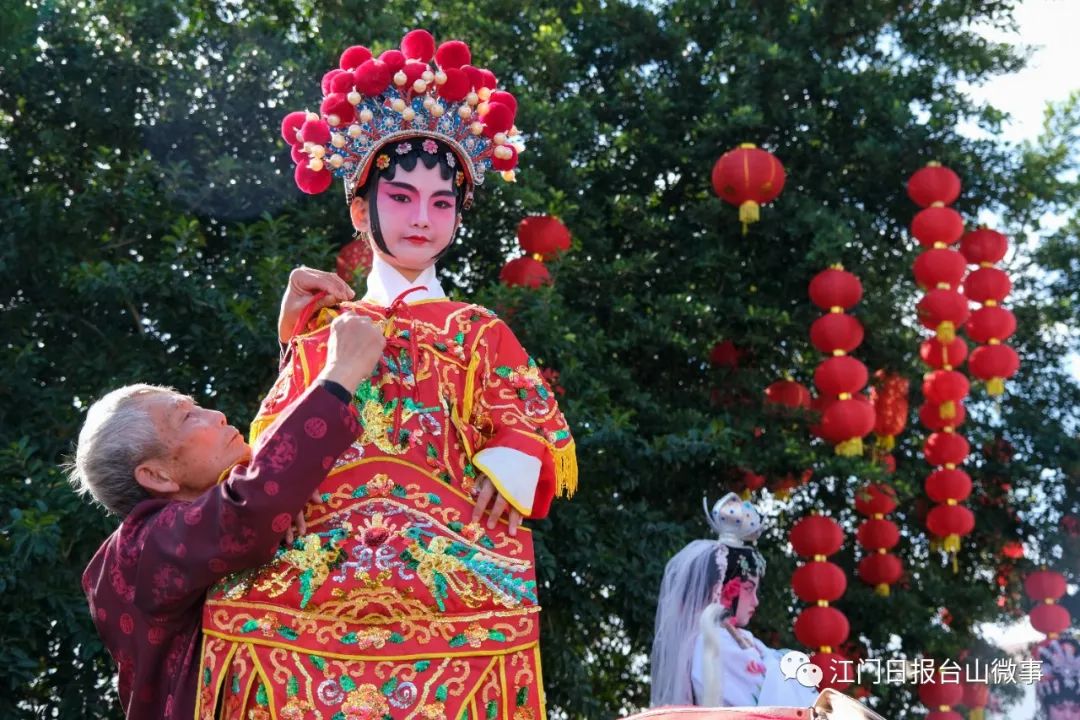
The floating color of pumice began in the late Ming and early Qing dynasties, and it has a history of more than 300 years. The genealogy of pumice has been officially recorded in the 14th year of Guangxu reign (AD 1888). Every year, on the third day of the third lunar month (the birthday of the Northern Emperor), the villagers of Pumice lined up from the Northern Emperor Temple in the village, carrying the statue of the Northern Emperor to travel to 10 Pumice Square (10 natural villages), and added fun to the fun with floating colors, praying for good weather and good harvests. In June 2008, the floating color of pumice was selected into the second batch of national intangible cultural heritage list.
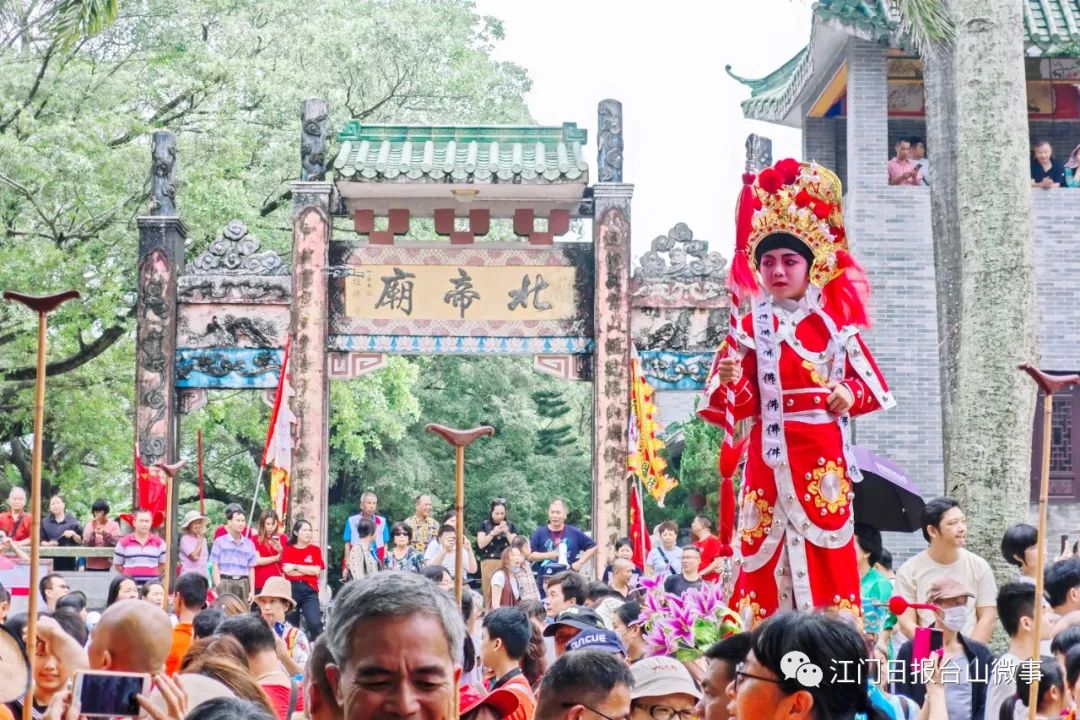
Chen Fanghuan photo
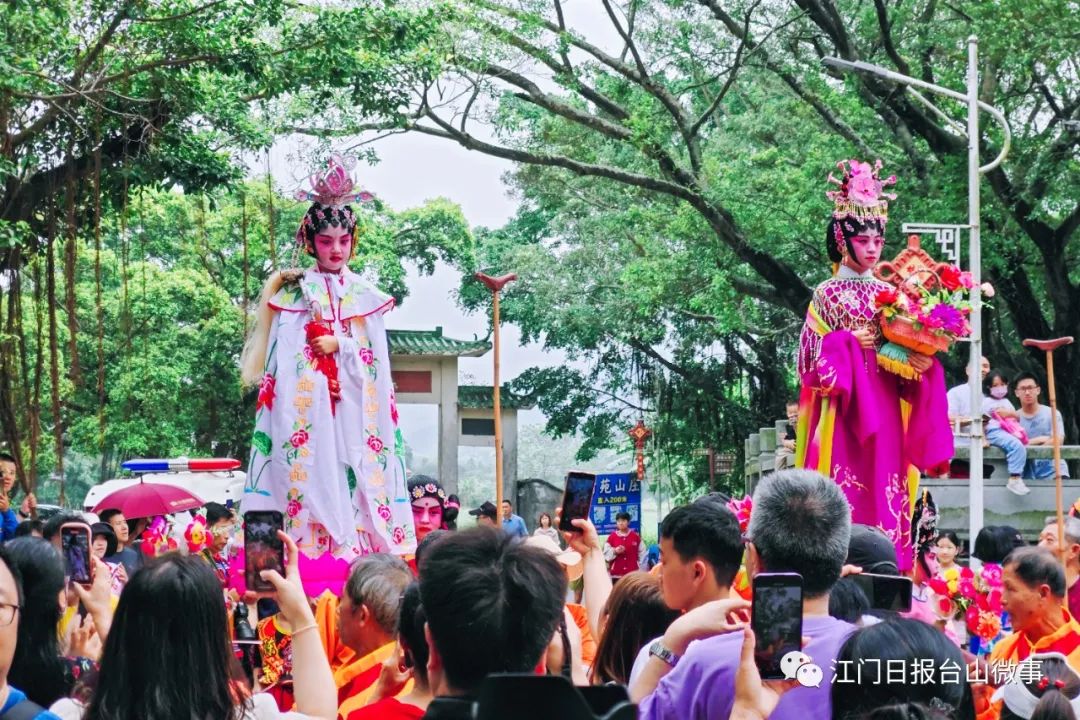
The charming charm of gone with the wind lies in "gone with the wind". Through the hidden color stalk (a carefully forged slender steel branch, about 2 meters long, installed on the color cabinet to support the gone with the wind characters), the color boy’s body is helpless and seemingly helpless, which is amazing. Each color cabinet is equipped with a special person and accompanied by a long wooden stick. On the way, it coordinates "floating" to block obstacles and plays a protective role.
Non-legacy projects:[Cai Lifo Boxing] (National Heritage)
Punch point: Jingmei Village
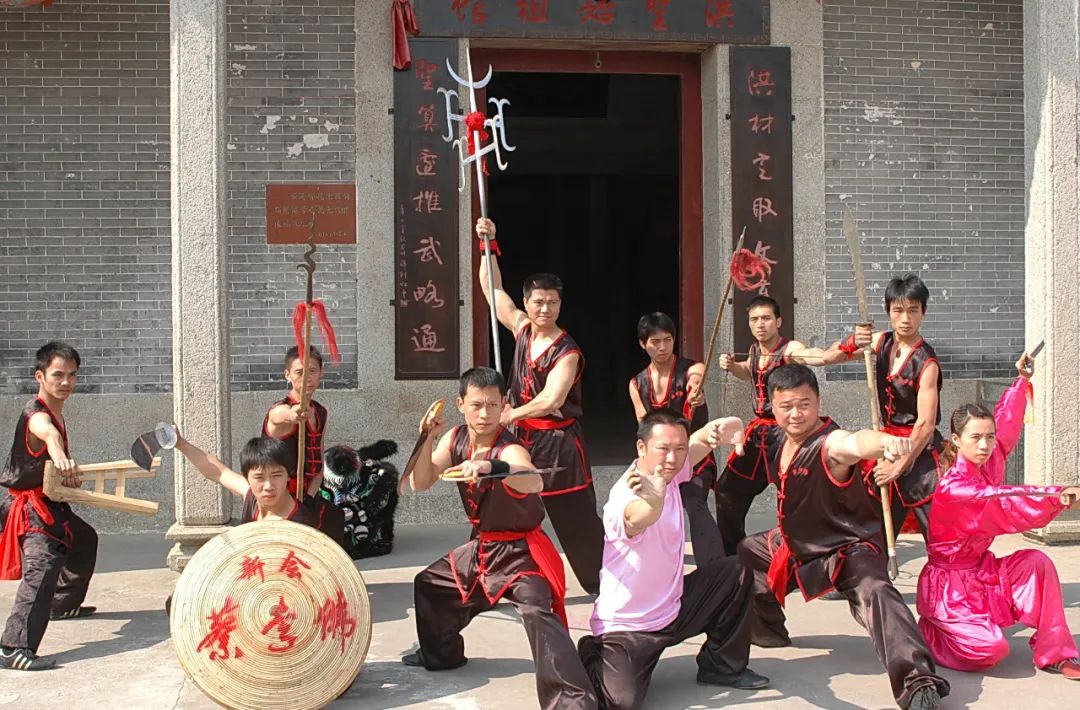

Cai Lifo’s disciples gave a wonderful performance at the literary evening to commemorate the 200th anniversary of Chen Xiang’s birth and the 170th anniversary of Cai Lifo’s boxing.
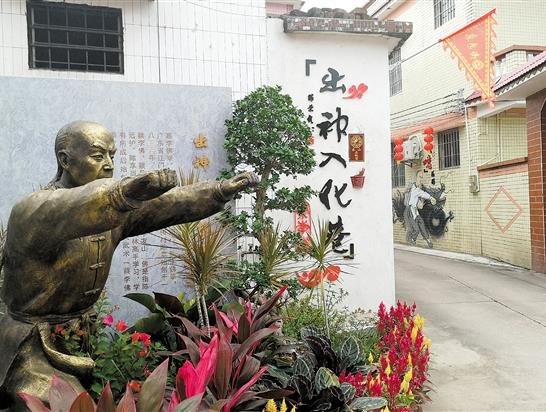
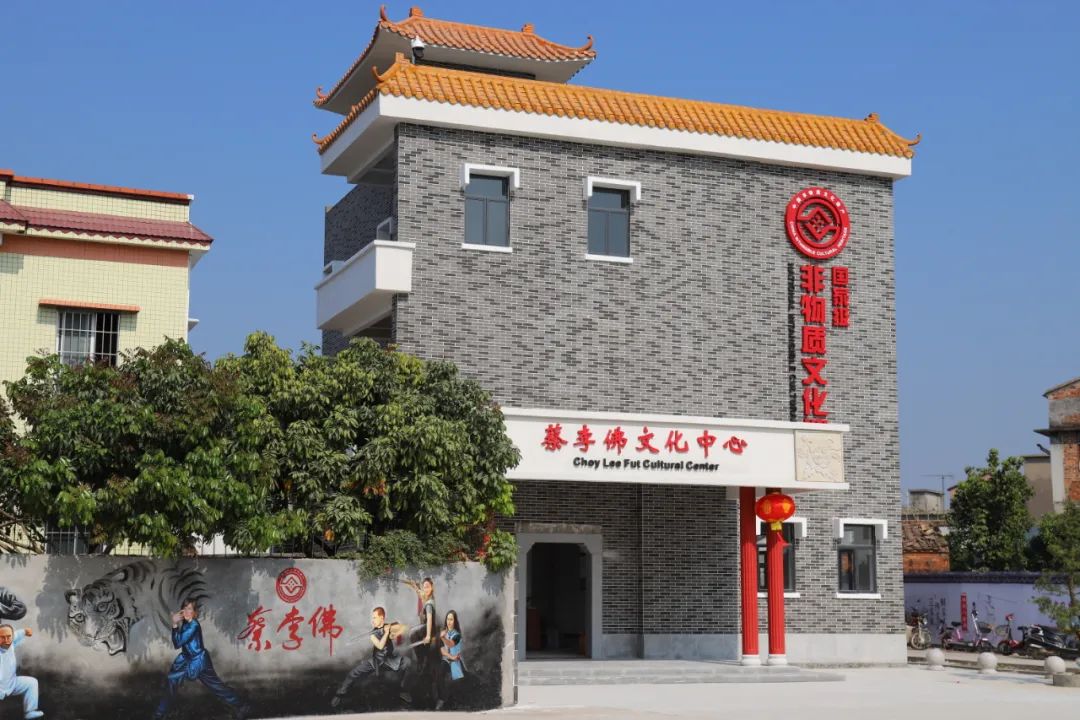
Non-legacy items: [Processing Techniques of Xinhui Chenpi] (National Non-legacy)
Punching point: Chenpi Ancient Road
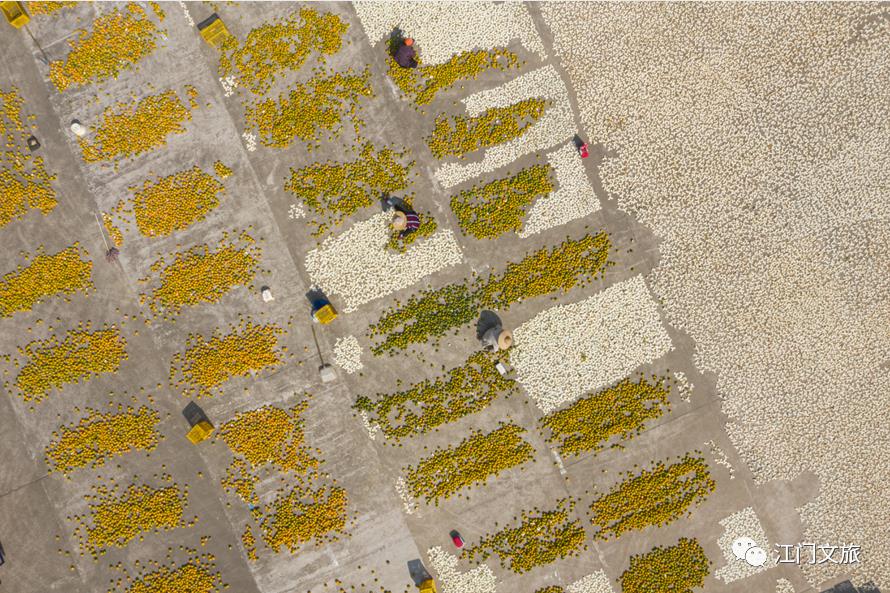
Sun dried tangerine peel Peng Weizong photo
Xinhui tangerine peel processing technique is a traditional medicinal material processing technique passed down from generation to generation in Xinhui District, Jiangmen City, Guangdong Province. Xinhui tangerine, a local specialty, is carefully made into Xinhui tangerine peel for medical use and daily cooking. Xinhui Chenpi is one of the top ten southern medicines in Guangdong. In 2016, it became the first batch of Guangdong Lingnan Chinese herbal medicines to be protected by legislation. The Compendium of Materia Medica and Manual of Traditional Chinese Medicine all recorded the medicinal functions of Xinhui Chenpi, which has the functions of invigorating qi and spleen, eliminating dampness and resolving phlegm.
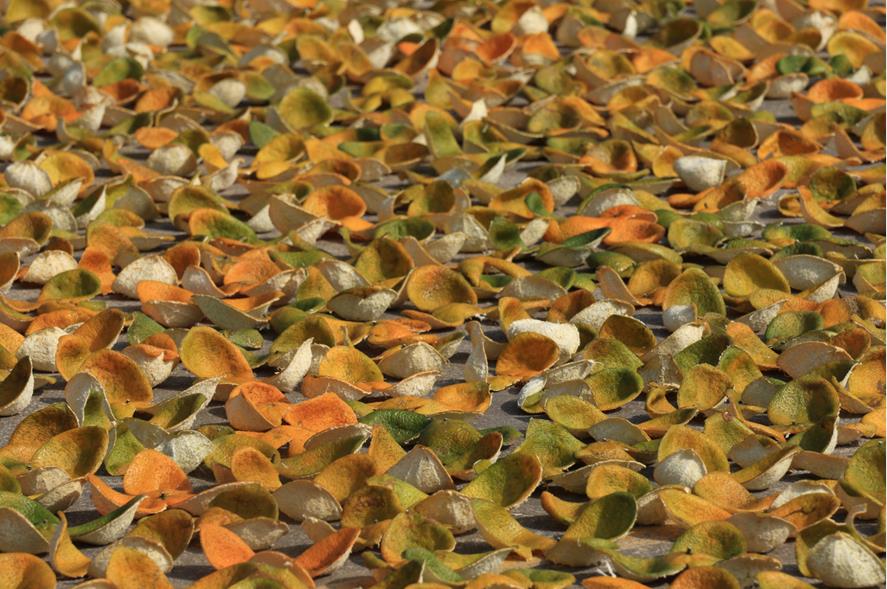
Peng Weizong photo
The technological process of Xinhui tangerine peel processing includes picking, peeling, peeling, peeling, sun drying and aging: picking in three periods when the peel color is turquoise, reddish and scarlet; Cleaning adopts "two-knife method" or "three-knife method" to open the skin, with shallow, slow and soft cutting, deep, steady and fast cutting, shallow, light and slow cutting, with fruit pedicles connected and three petals peeled evenly; After opening, the peel is dried in the shade for 6 hours, and the peel is quickly reversed manually after the skin becomes soft; Turn over the skin after drying in the sun until it is half dry, and collect the skin when drying until it is hard; Temperature and humidity should be strictly controlled during storage and aging. Bags or straw mats should be used for packaging. When stacking, "the bottom does not depend on the ground, the edge does not depend on the wall, and the top does not depend on the top". New skins less than three years old should be sun-dried for 5-6 hours in sunny days from June to November every year, and put into storage for aging from November to May of the following year. After three years of repetition, it became Xinhui Chenpi.
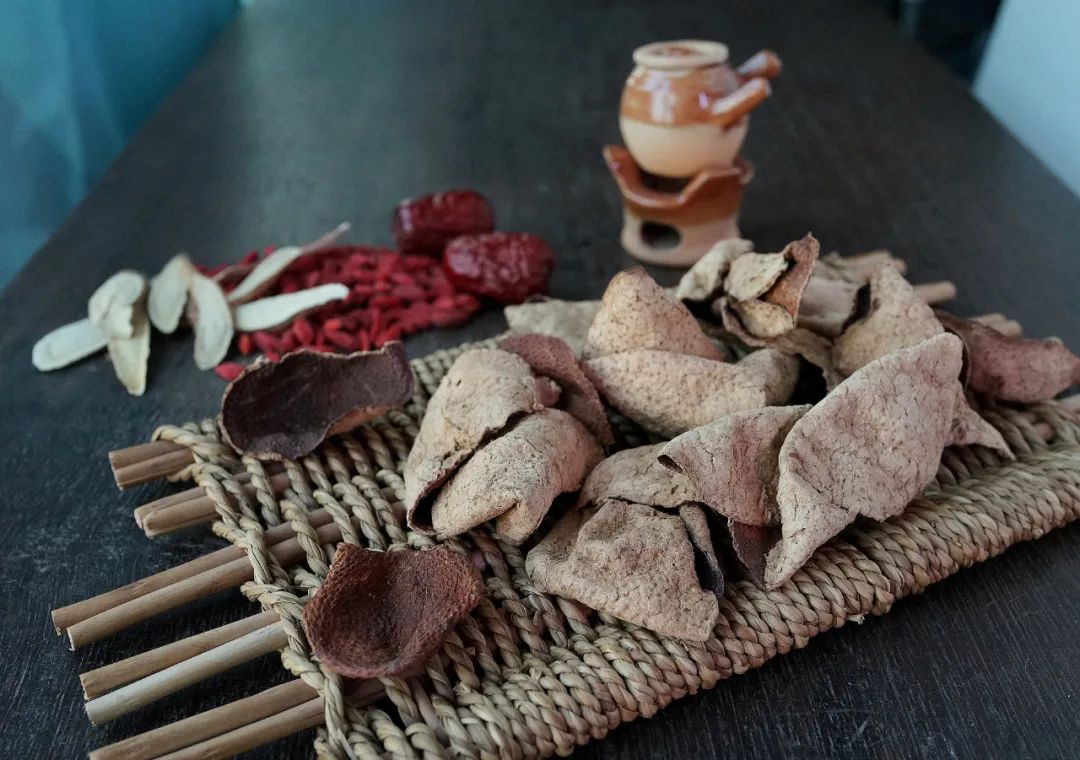
In June, 2021, the State Council announced the fifth batch of national intangible cultural heritage representative project list (185 items in total) and the expanded project list of national intangible cultural heritage representative project list (140 items in total). Among them, the processing technology of Xinhui Chenpi recommended by Jiangmen City, as one of the expansion items of traditional Chinese medicine processing technology, was selected into the expanded project list of national intangible cultural heritage representative projects.
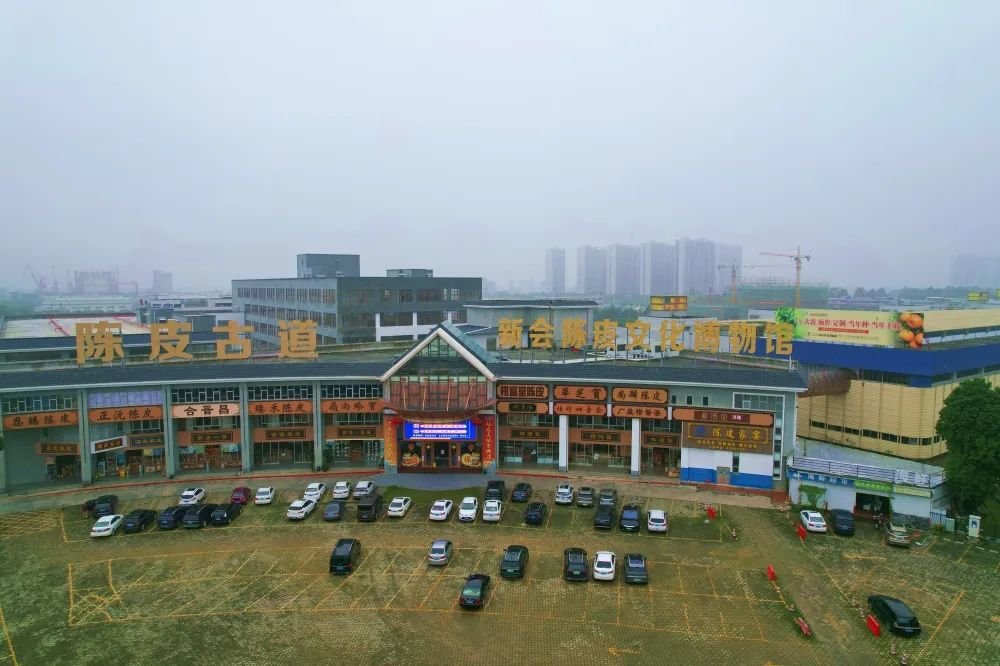
Walking into the ancient tangerine peel road, you can learn about the history, culture and production process of tangerine peel.
If you want to know the processing skills of Xinhui Chenpi, go to Chenpi Ancient Road ~
The Chenpi Ancient Road is invested by Jiangmen Ligong Agricultural Development Co., Ltd., which is divided into professional areas such as Chenpi Special Catering Area, Xinhui Chenpi and Ganpu Tea Culture Museum Area. On the unique "Old Pericarpium Citri Tangerinae Road", visitors will be fully introduced and shown the culture of Xinhui Pericarpium Citri Tangerinae through physical objects, acousto-optic images and other means, showing the production technology of Pericarpium Citri Tangerinae, the production technology of citrus tea, the samples of Pericarpium Citri Tangerinae from various production areas in different years, the development history of Pericarpium Citri Tangerinae, the medicinal situation of Pericarpium Citri Tangerinae, etc. You can also learn about the professional storage warehouses of Pericarpium Citri Tangerinae and appreciate the splendid culture of Pericarpium Citri Tangerinae for thousands of years through the open industrial corridor
Non-legacy items: [Lee Kum Kee oyster sauce making skills] (provincial non-legacy)
Punch point: Lee Kum Kee Xinhui production base (experience Lee Kum Kee’s ancient oyster cooking culture)

Source: Jiangmen Intangible Cultural Heritage Protection Center
The birth of Lee Kum Kee’s oyster sauce production technique is closely related to the fact that the Pearl River Port has long been an important "oyster town" along the southeast coast of China. At the latest in the Song and Yuan Dynasties, the "shallow bottom oyster culture method" was cultivated in the Pearl River Estuary, and many oyster fields were formed from Shenzhen and Hong Kong on the east coast to Macao and Xiangshan on the west coast. Macao was formerly called "Haojing ‘ao" and "Haojiang", and the word "Hao" was derived from "oyster".
Lee Kum Kee’s oil-consuming production has four technological processes: "cultivating oysters-selecting materials to open oysters-decocting oyster juice-secret oyster sauce". The production mechanism revealed by the experience, knowledge and skills accumulated in the past 100 years from oysters to oyster sauce is technically difficult and highly confidential, which is the most critical intangible cultural heritage element and the core competitive technology of Lee Kum Kee oyster sauce. In 2021, oyster sauce production technology was selected into the eighth batch of representative projects of provincial intangible cultural heritage.
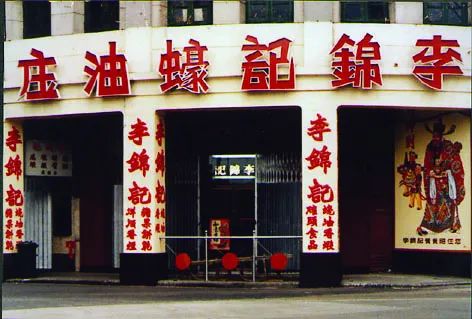
Source: Jiangmen Intangible Cultural Heritage Protection Center
Lee Kum Kee’s oyster sauce production skills are mainly passed down and used in Xinhui District, Guangdong Province, Hong Kong and Macao, which is a historical witness to the development of Guangdong-Hong Kong-Macao Greater Bay Area culture with the same origin and the same body. It is exported to all parts of the world through the Maritime Silk Road, which is a cultural link to comfort homesickness and unite overseas Chinese. It spreads Chinese food culture, promotes the exchange and integration of Chinese and foreign seasoning cultures, and has outstanding historical value, scientific value, irreplaceable cultural significance and social function.
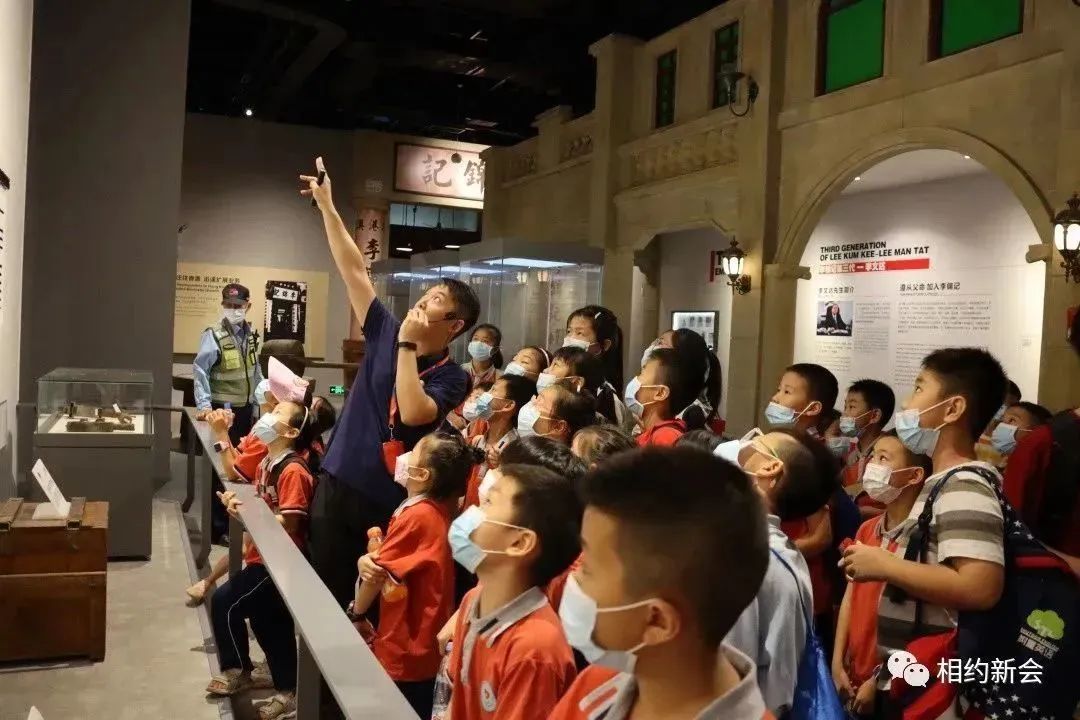
If you want to know this processing technique, you can punch in at Lee Kum Kee Xinhui production base ~
In 2022, Lee Kum Kee successfully declared to be a popular science education base in Jiangmen City and Xinhui District. According to the relevant person in charge of Lee Kum Kee, in order to spread the knowledge of food condiments and green production to the masses more scientifically, the company set up a special science popularization venue and opened it to the public.
在李锦记新会生产基地,你可以打卡百年味道展览馆,了解李锦记百年发展历程及其独特的企业文化,学习各种与食品相关的科普知识,还能深入感受中华饮食文化的博大精深。


除了打卡特色非遗路线,
你还可以到江门市文化馆
打卡非遗摄影展哦~
以上只是本次摄影展的一角,
更多精美有吸引力的摄影作品在等你哦!